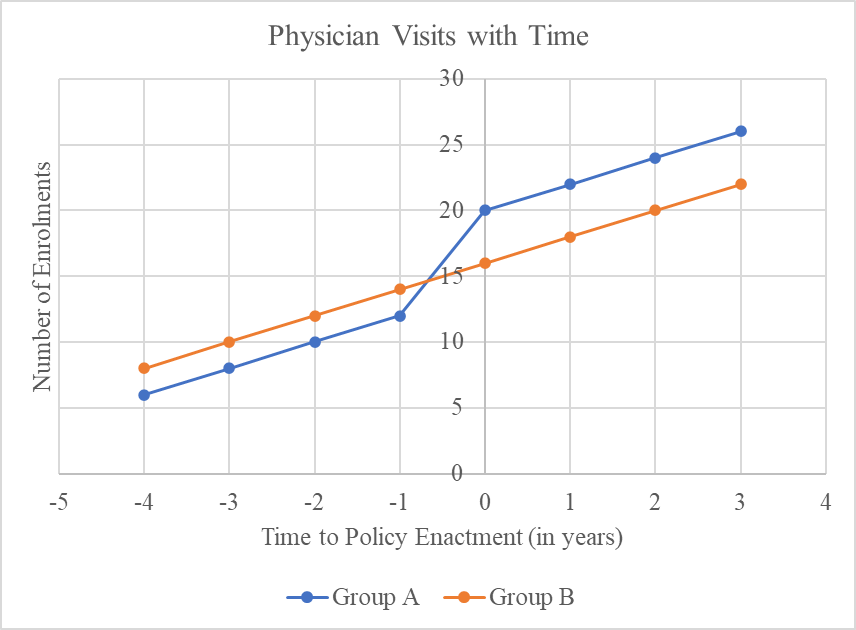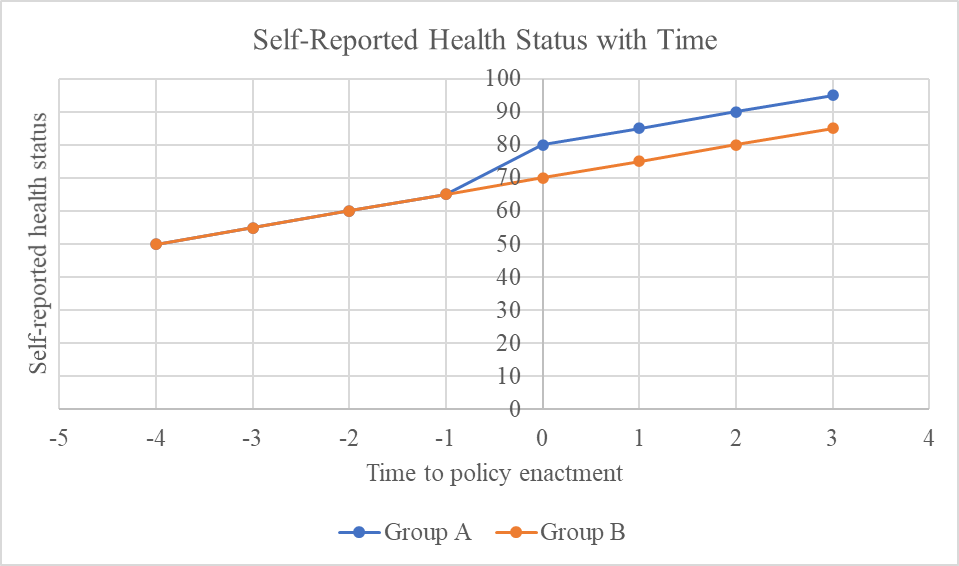Description of Medicare
Medicare is one of the federal programs for health insurance, which was meant to cater to people aged 65 years older. It was also meant for specific younger people who have certain disabilities and those with End-Stage Renal Disease. Medicare has three parts, including hospital insurance, medical insurance, and prescription drug coverage. The hospital insurance part covers costs associated with inpatient hospital stays, some particular care provided in nursing settings, hospice care, and to some extent, home-based care. The medical insurance covers some specific services offered by doctors, caring for outpatients, medical supplies, and certain preventive services.
The prescription drug part enables the insurance to cover any costs, which a patient may incur from purchasing prescription drugs. Those who enroll in Medicare programs can choose from the various parts offered and join specific plans.
Benefits of Reducing Eligibility for Medicare to 60 Years
The original Medicare was formulated with several gaps, thus not adequately covering most people who have to subscribe to supplemental plans, therefore paying additional premiums. The COVID relief has made the Affordable Care Act’s (ACA) premiums reduce significantly, attracting more older people aged below 65. Consequently, several aged people with moderate incomes have lower-cost premiums, but middle-income households would benefit more from using Medicare. According to the Kaiser Family Foundation poll (Biniek, Freed and Neuman 2020), reducing the minimum age is politically correct since over 60% of Americans support this idea. Thus, Medicare is accepted by a majority of people due to its advantages in healthcare funding.
Another significant advantage of reducing the minimum eligible age is that it combines the benefits derived from the traditi0onal Medicare and Medigap policy, which provide comprehensive coverage compare to the midlevel ACA plans. Thus, expanding the eligibility for Medicare makes the plan more affordable to a broader population of the American people. This approach has consequently reduced the Obamacare premiums, making it easier for a significant number of patients to access a wide range of healthcare services.
Concerns for Reducing Eligibility for Medicare to 60 Years
Even though two-thirds of the American population would wish to have the minimum age reduced to 60 years, most people do not understand the deeper economic downsides of this approach. For instance, Medicare is considered a burden, which comes to the consumers in a different drug plan form. Assuming that other factors remain constant, minimum age reduction may not address the coverage or affordability issues. According to Guo and Moon (2018), if Medicare can be framed to be financed from taxes and provide comprehensive coverage, it would be a better choice for the targeted consumers. This indicates that the plan would cater for the salaries paid to the clinicians and health facilities, compared to private financers. ACA remains one of the best plans as the latter results in the entrenchment of private insurers, which subsequently drain America’s competitiveness, failing to provide comprehensive coverage to the consumers.
Another issue that is likely to result from lowering the minimum age for Medicare eligibility is that businesses will lose most of their potential clients as they seek the cheaper option provided by the plan. The impact on the private insurance coverage will compel funders to offer more expensive or higher premiums than those offered before such possible changes. Moreover, reducing the minimum age shows that most people will tend to retire at a lower age than previously considered by most employees.
Another concern for reducing the minimum eligibility age is that healthcare facilities and medical providers will likely pass on their income, which they will lose to the public. According to Argys et al. (2020), most healthcare organizations lose approximately 20 percent of their members with Medicare plans, thus losing their insured patients. Shifting patients to Medicare forces hospitals to reduce their cumulative revenue. These organizations have to increase their costs of operation, which raises the prices for health care services on the consumers.
Data

In figure 1 above, the control group shows a steady rise in the number of physician visits due to the policy enactments. Group A, the treatment group, follows the same trend, indicating that the number of physician visits increased over the period. The graph shows that the number of visits is less before the enactment of the policy. However, starting at the point of the passage, the number of visits to the doctors increased significantly above the uncontrolled group.

In figure 2 above, there is no significant relationship between the number of self-reported health statuses between the control and the treatment groups. However, there is a rise in the number of reported cases due to policy formulation. The graph shows an increase in the number of reports with time after the implementation of the policy. This indicates that reducing the minimum age for eligibility to join Medicare results in increased self-reported health status. The two graphs show a moral hazard in that there is a significant change in behavior among consumers. This indicates that the population believes that the reduction of minimum age is likely to benefit them, hence do not foresee any possible consequences in their change of insurance coverage.
References
Argys, Laura M., Andrew I. Friedson, M. Melinda Pitts, and D. Sebastian Tello-Trillo. 2020. Losing public health insurance: TennCare reform and personal financial distress. Journal of Public Economics, 187, 104202.
Biniek , Jeannie Fuglesten, Meredith Freed, and Tricia Neuman. 2020. Medicare: Medicare Advantage 2021 Spotlight: First Look. Web.
Guo, Jing, and Marilyn Moon. 2018. Lifetime taxpayer contributions and benefits of Medicare and Social Security. Contemporary Economic Policy, 36(3), 483-492.